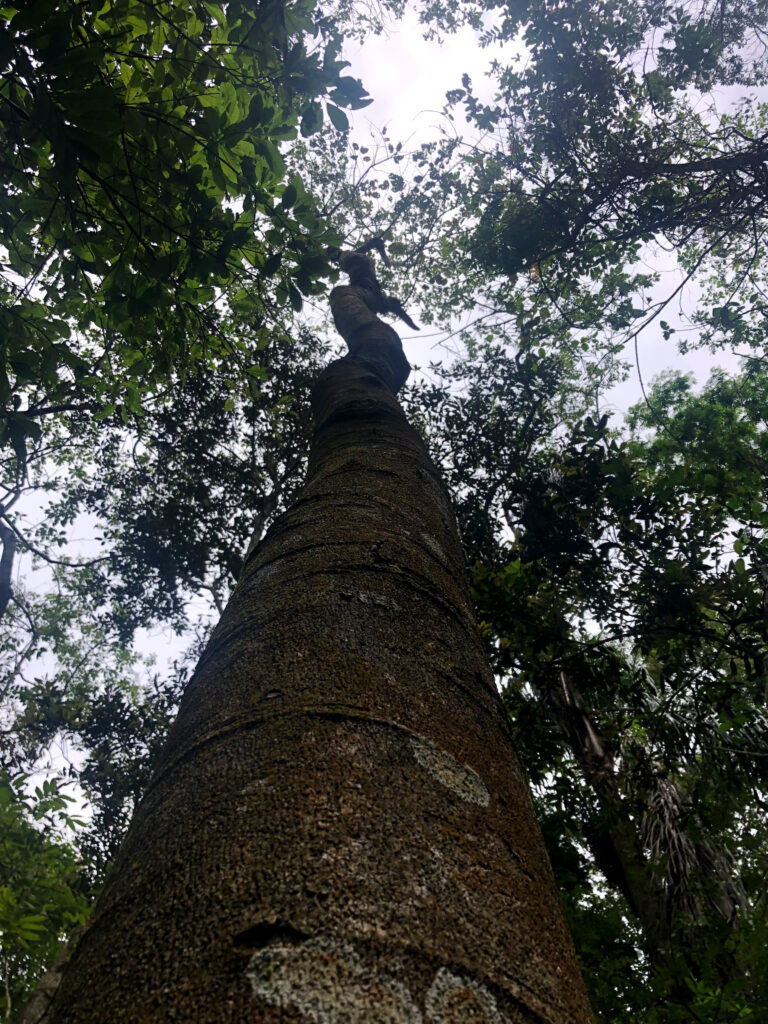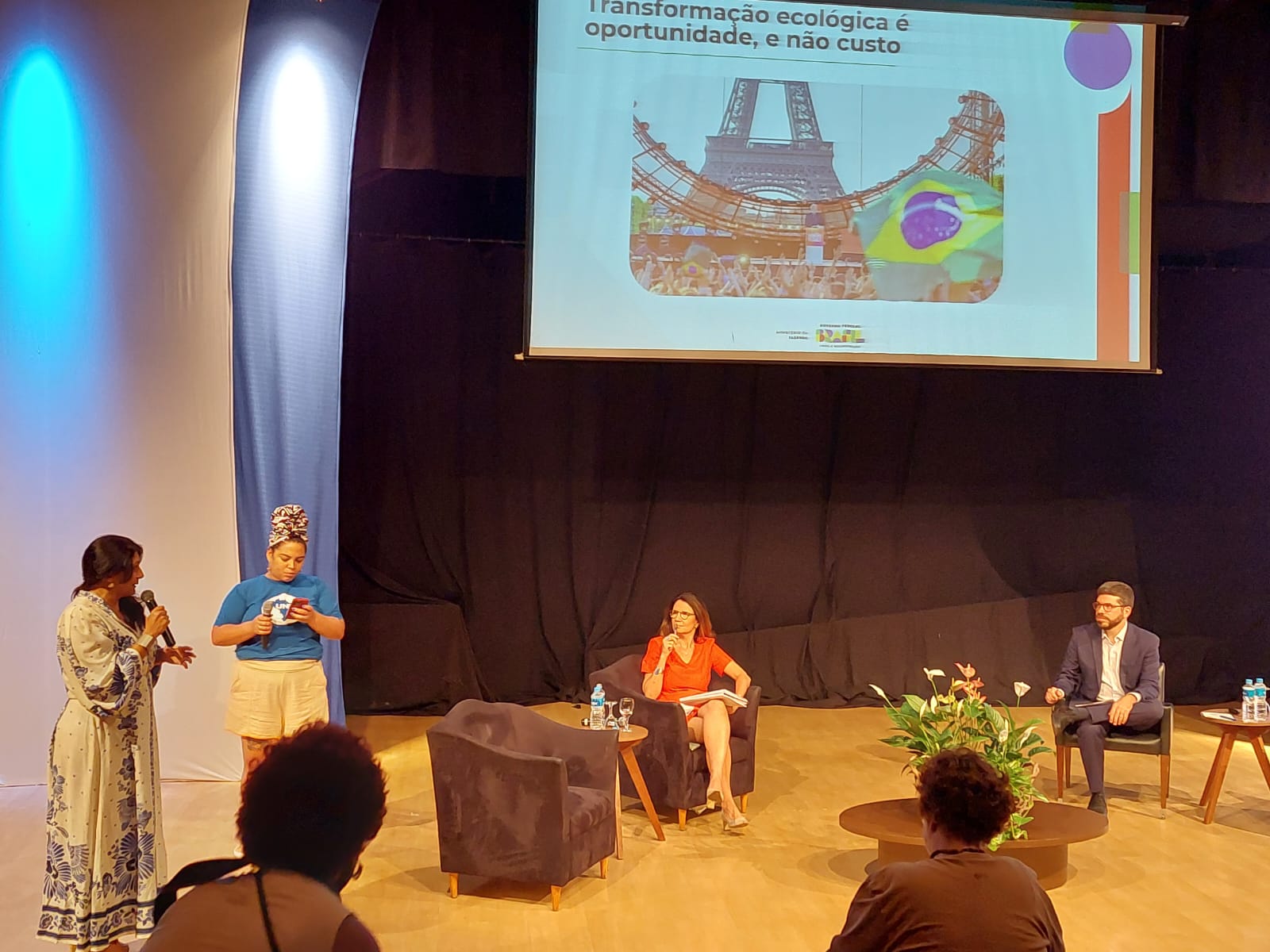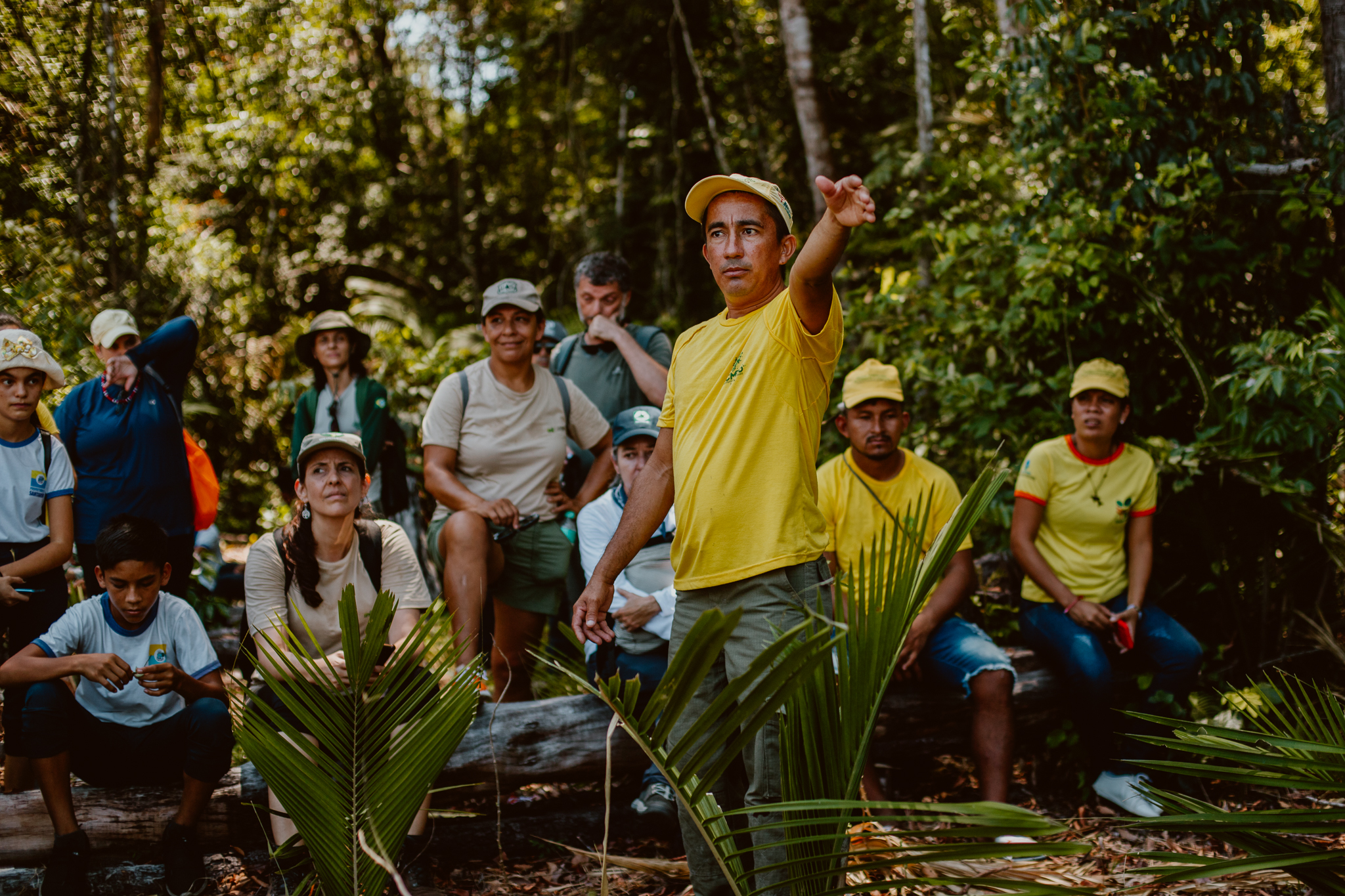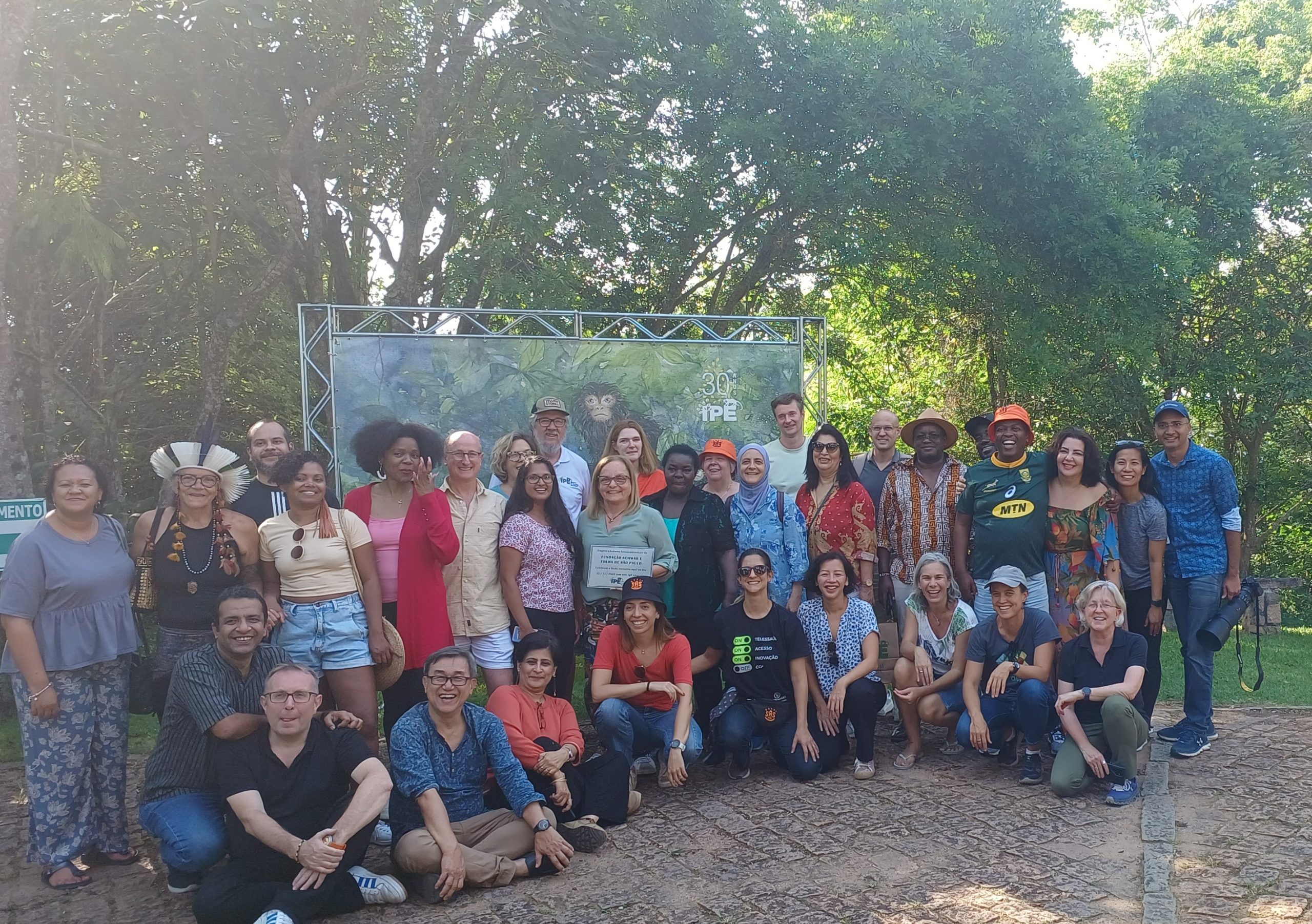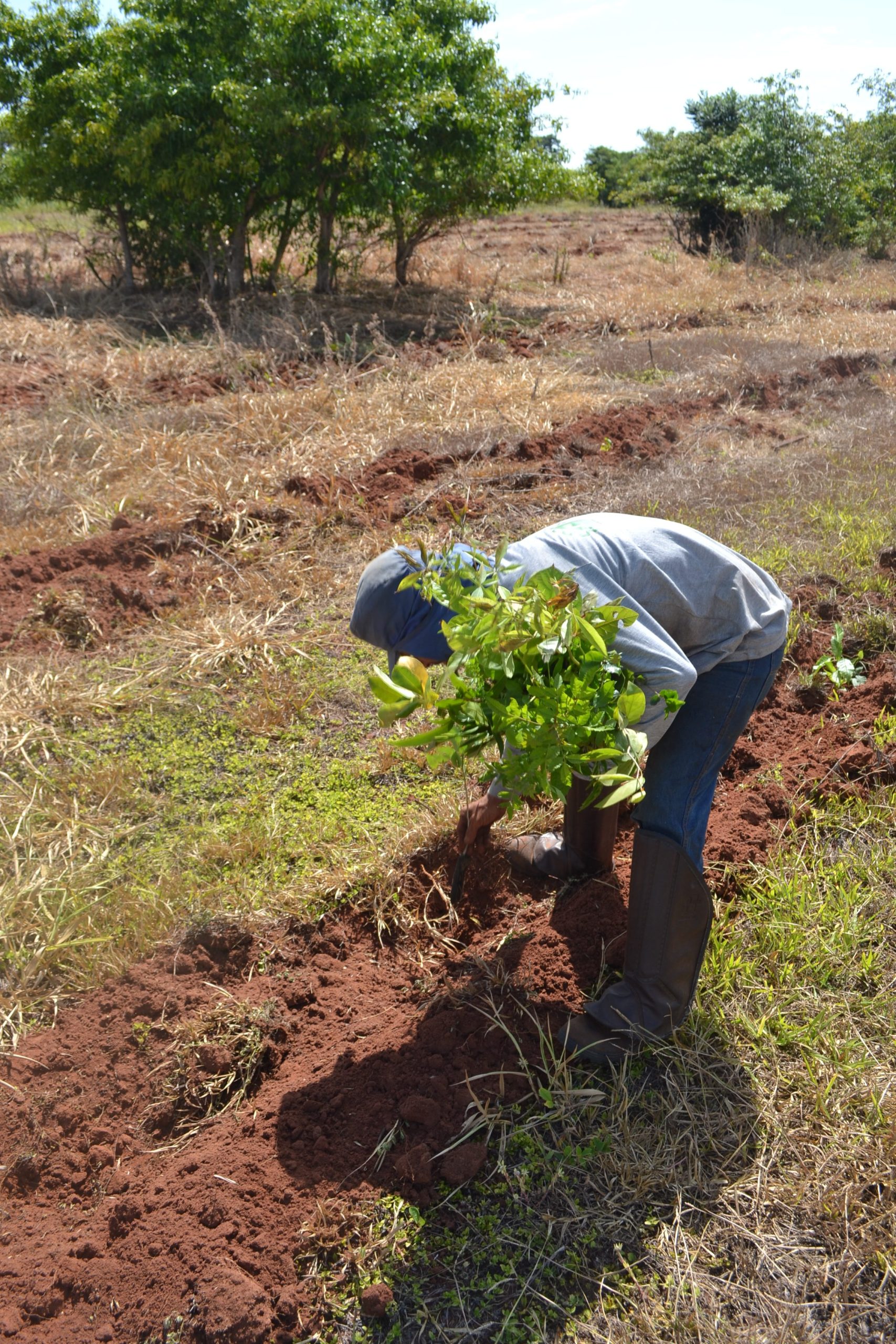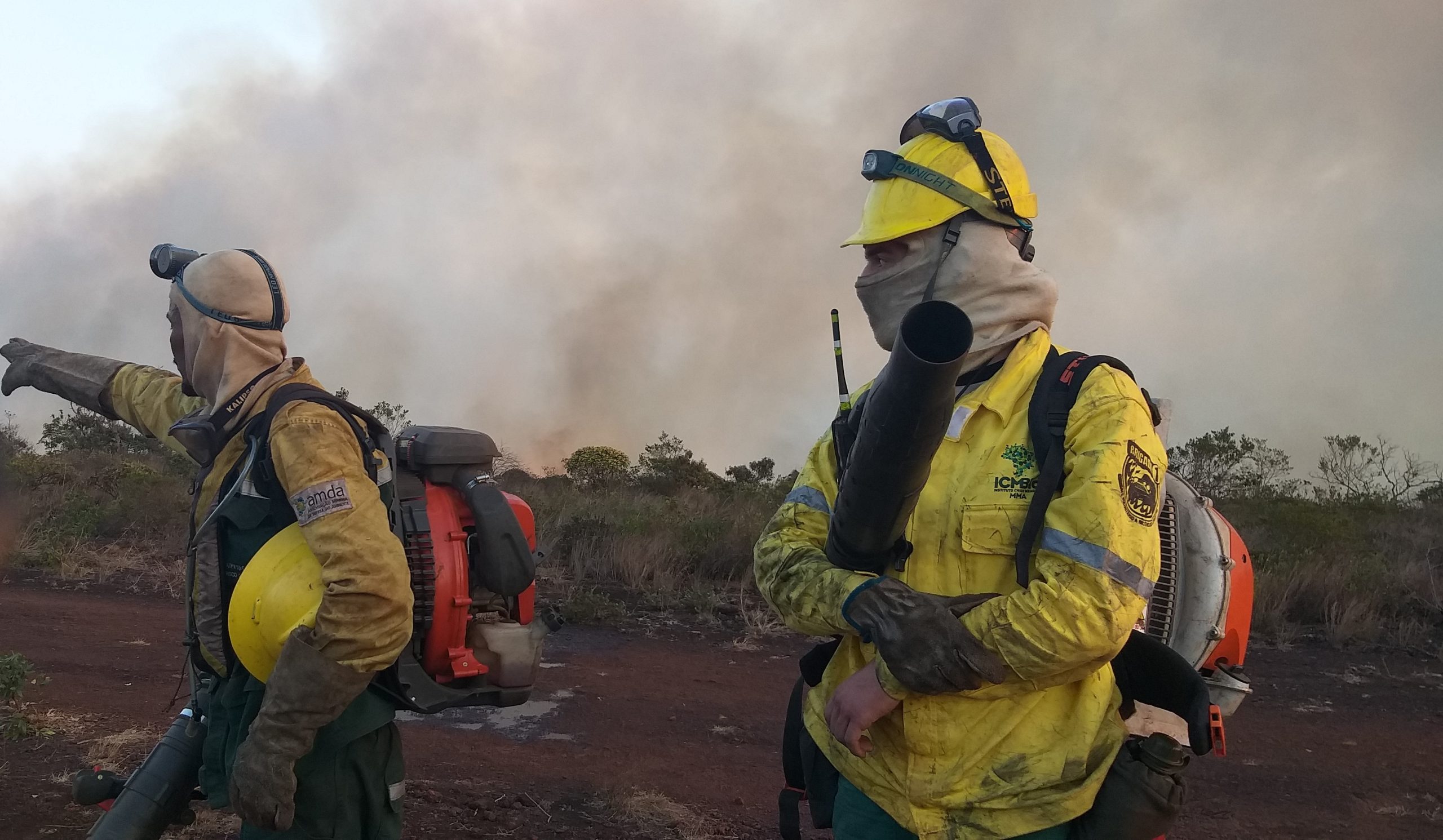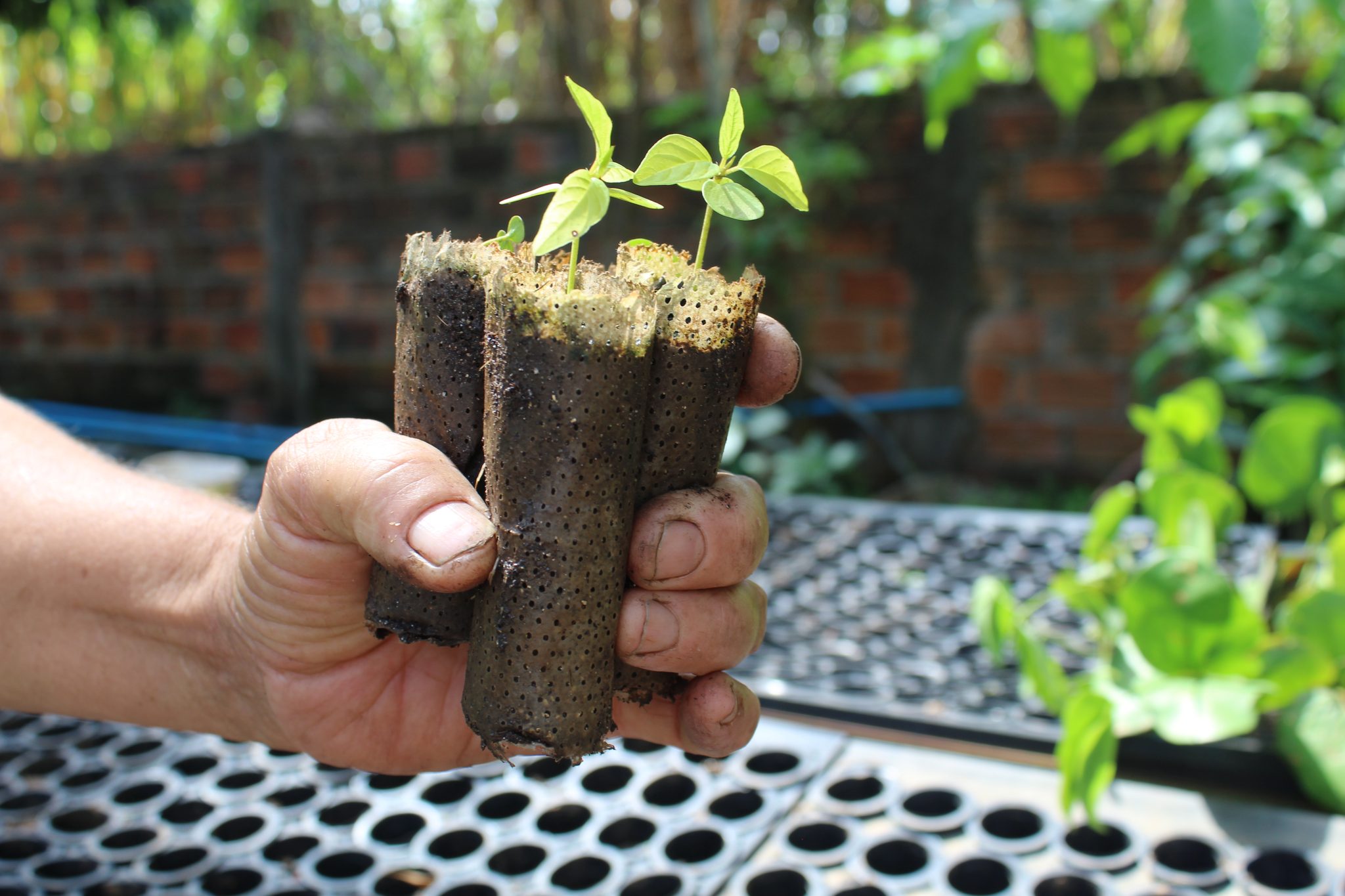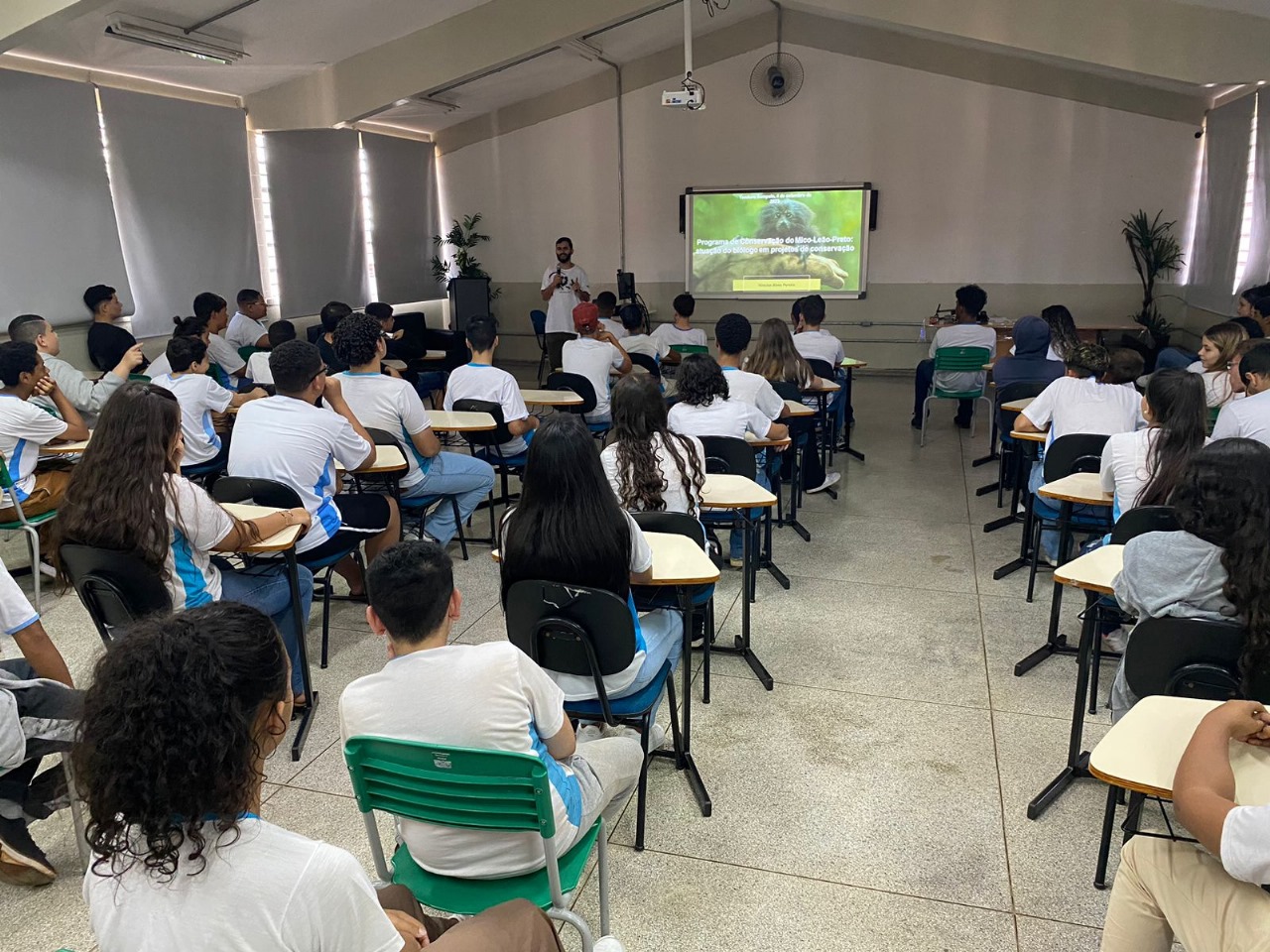Find out why conserving remnants is strategic for collecting native seeds from the Atlantic Forest
Bringing forests back is a global priority activity to reduce the impacts of Climate Change. The United Nations (UN) established that we live in the Decade of Ecosystem Restoration (2021 – 2030). We aim to halt and reverse the degradation of ecosystems across all continents and oceans. And we will achieve this through ecological restoration, … Read more

